Plastic. The woven kind, standing tall among the reusable choices of our day. Not mass-manufactured, but individually plaited by the delicate fingers of a family I’ve known for two decades.
Come With Me
First, you need to endure several hours of winding mountain road travel in a crowded minibus from Guatemala City (the subject of another story, another day).
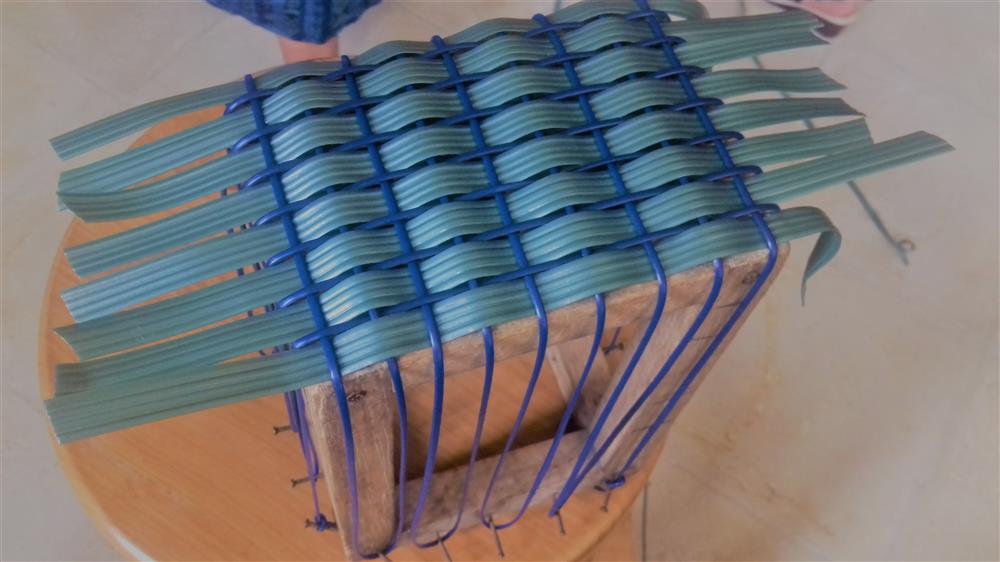
Next, you ascend a precariously steep cement staircase of 144 irregular steps to arrive at our friends’ house in a hamlet clinging to the vertical sides of the San Francisco River Valley. If you still have breath in your lungs at this altitude, you’ll soon lose it to the priceless views of Lake Atitlan from here! (Where in the world?)
Stringed Instruments
Our host comes to the gate to welcome us with a big smile. The walls are hung with loops of colorful plastic wire. Baskets in various stages of completion are sitting on the kitchen table amid open school books. Wooden frames in different sizes are stacked on top of the pantry cabinet. Chickens cluck in their pens and a pot of black beans is gurgling on the wood stove. This, right here, is where the magic happens.
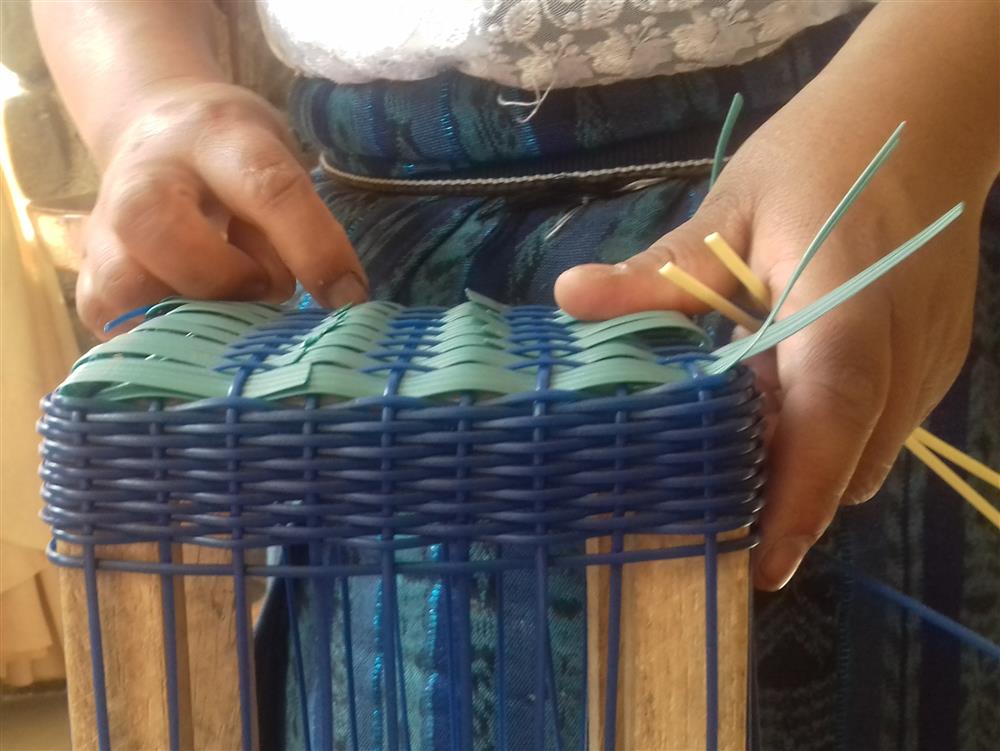
Luisa, her soft-spoken husband, and their six beautiful daughters (among them a set of twins) are all involved in the family business. He is a mason by trade and the girls are all in school, but everyone joins in weaving baskets when they have extra time. You can sense this Mayan family’s pride in their handiwork and shared excitement when an order comes in from Unique Batik. They are happy to show us how it’s done: each tight wound of the string around the rugged wooden pegs, in and out, over and under, culminating in symphonies of color.
Big baskets take her two days to finish, and the smaller ones are a full day’s work. (Here “hand” is put back in hand-crafted!) Once a week she totes (the pun intended) a collection of her baskets to the local market, where she trades on the sidewalk. The orders for baskets to export come periodically, and they are made the same way and with the same dedication. One by one.
Pack up your Troubles in a Handy Tote and Smile, Smile, Smile
These woven baskets are ubiquitous in Guatemala and I have an assortment myself! In my opinion, they are the most practical option for produce shopping at the farmer’s market, packing a picnic, and transporting or storing all my general and specific paraphernalia. They are durable, easy to clean, and they are just plain pretty.
Our short visit has brought smiles to all. We leave with several purchases, full hearts, and an unforgettable story to share.
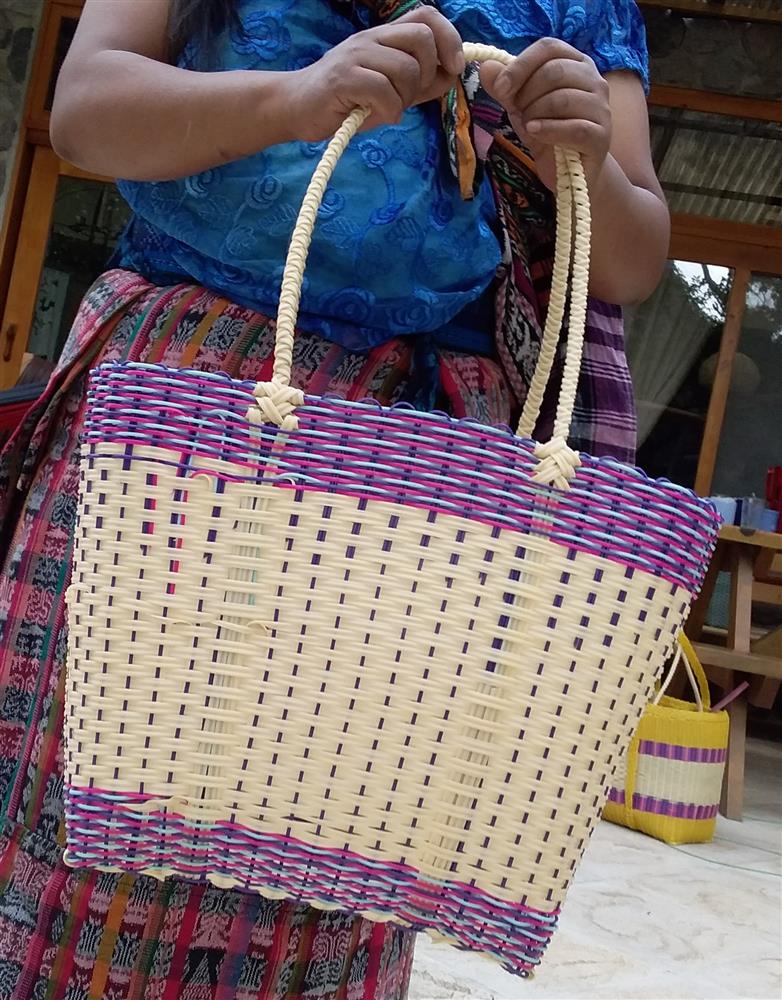
That's why I say, choose plastic. Choose Luisa's canastas.* HERE.
* “Canasta” is what they call a basket in Spanish, from Latin “canistrum”, which originated from earlier usages of “kanna” for “reed”. (You may know a fun card game by that name too.)
Want to explore more about our Guatemalan artisans? Look here: Unique Batik Artisans
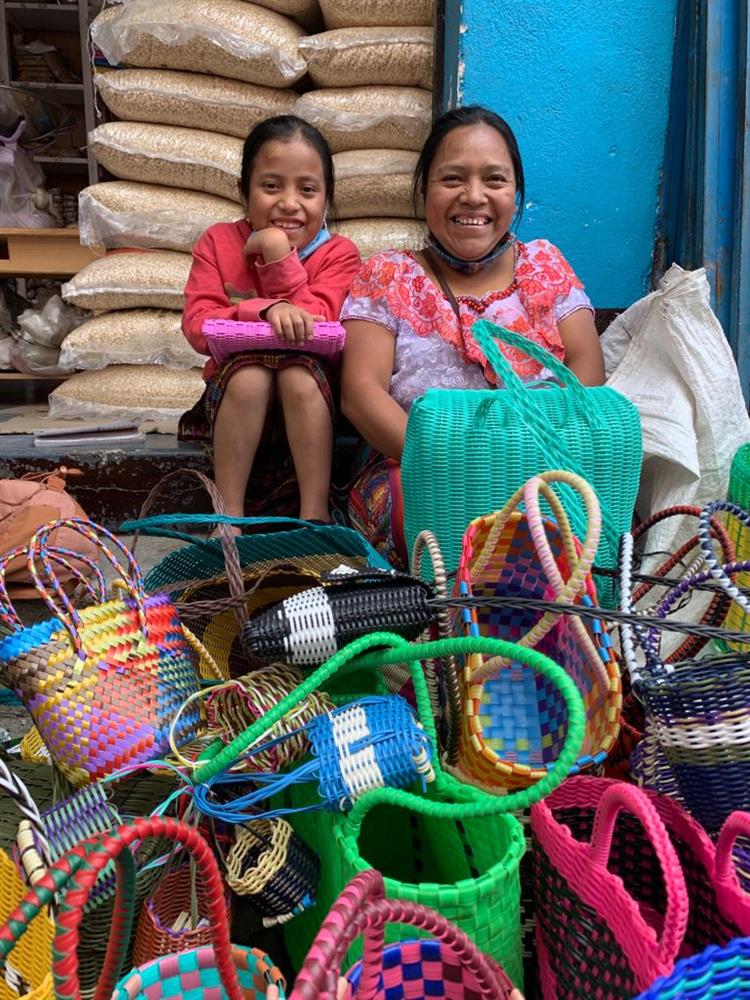
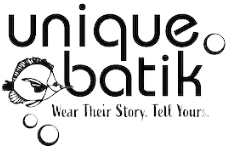



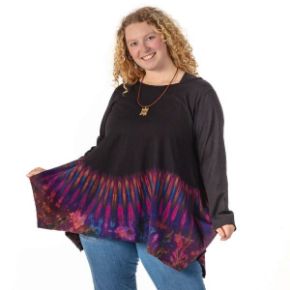




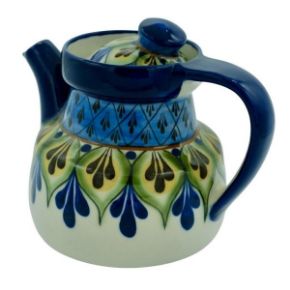

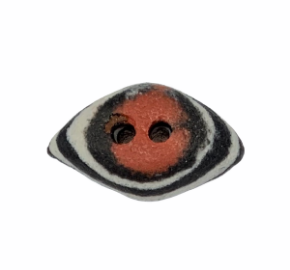
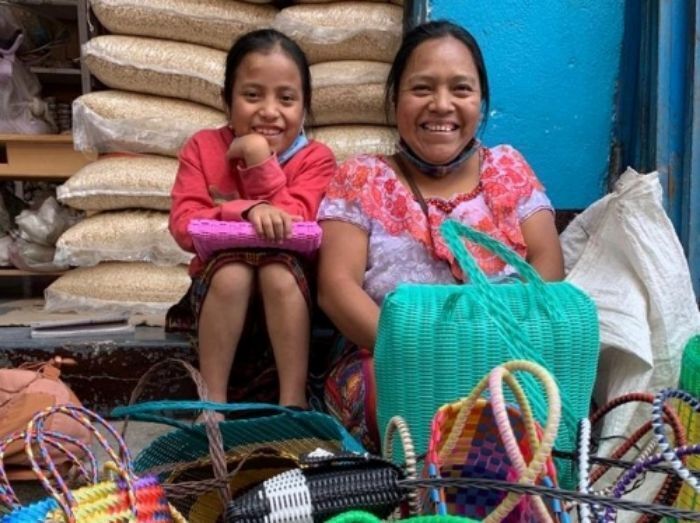
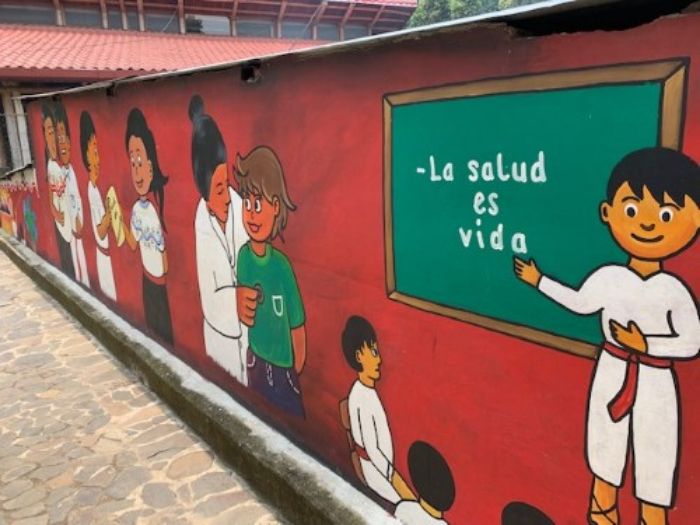
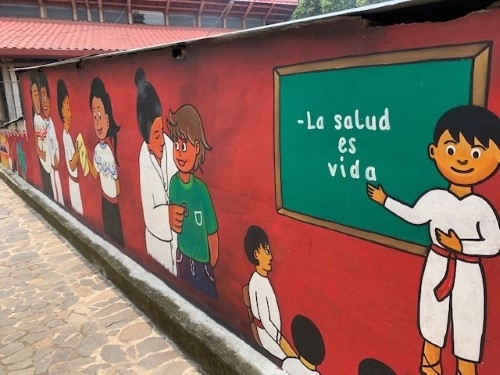
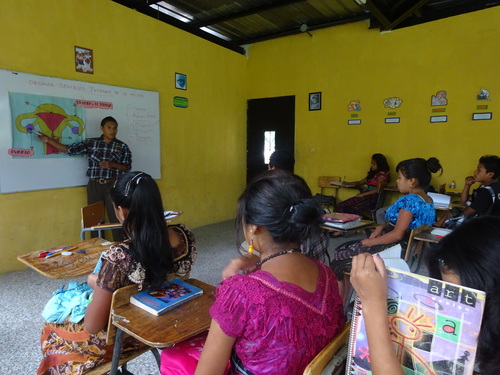
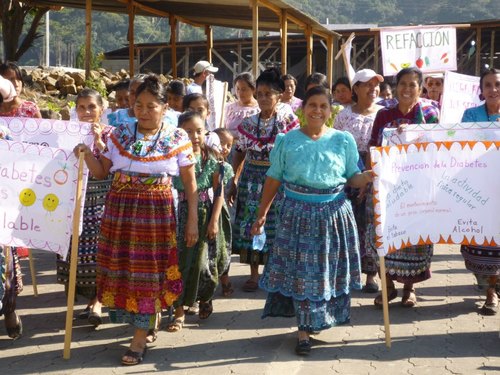
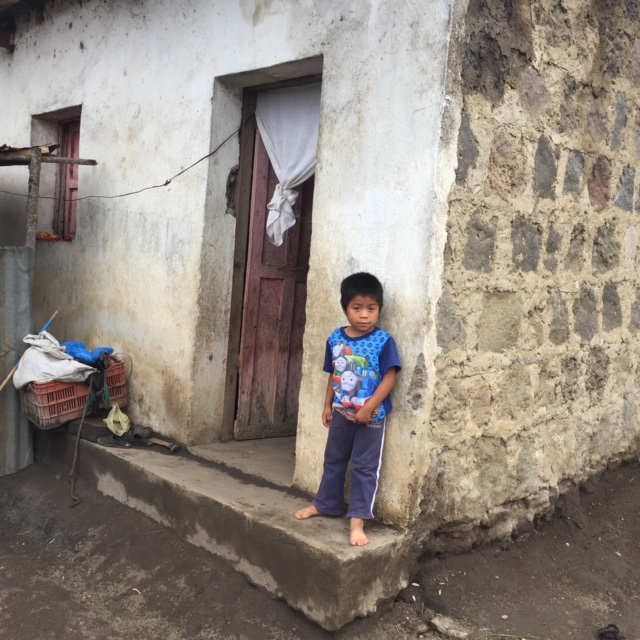 .
. 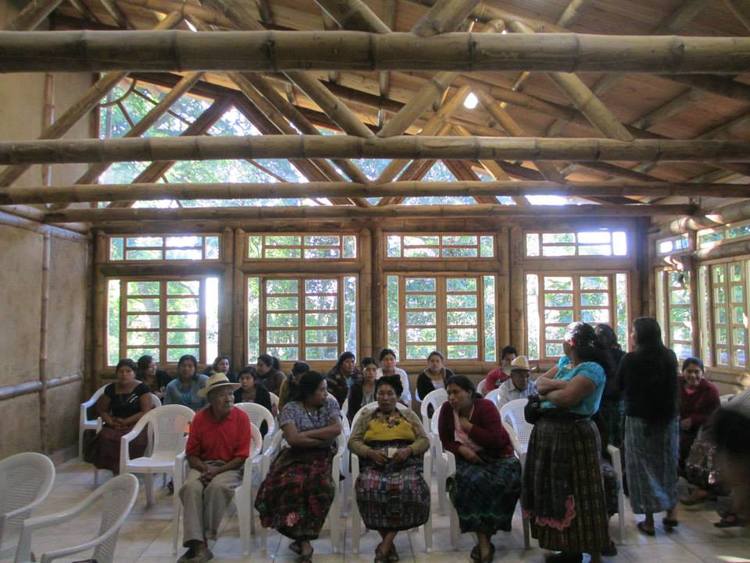





 Many of our artisans work in the region of Lake Atitlan, which is a huge volcanic lake in the Guatemalan highlands. Lake Atitlan is fifty square miles in area, and its thirty-one miles of coastline are surrounded by myriad villages, each unique. Famous travelers including writer Aldous Huxley and German explorer Alexander von Humboldt have described it as one of the most beautiful lakes in the world, and anyone who has seen its expanse of pacific blue waters reflecting the looming volcanic mountains that etch out its perimeter would have to agree. A three hour bus ride from Guatemala City, Lake Atitlan is a popular tourist destination with both local and foreign tourists, who come for the scenic beauty and the cultural interest found in its surrounding villages.
Many of our artisans work in the region of Lake Atitlan, which is a huge volcanic lake in the Guatemalan highlands. Lake Atitlan is fifty square miles in area, and its thirty-one miles of coastline are surrounded by myriad villages, each unique. Famous travelers including writer Aldous Huxley and German explorer Alexander von Humboldt have described it as one of the most beautiful lakes in the world, and anyone who has seen its expanse of pacific blue waters reflecting the looming volcanic mountains that etch out its perimeter would have to agree. A three hour bus ride from Guatemala City, Lake Atitlan is a popular tourist destination with both local and foreign tourists, who come for the scenic beauty and the cultural interest found in its surrounding villages.




